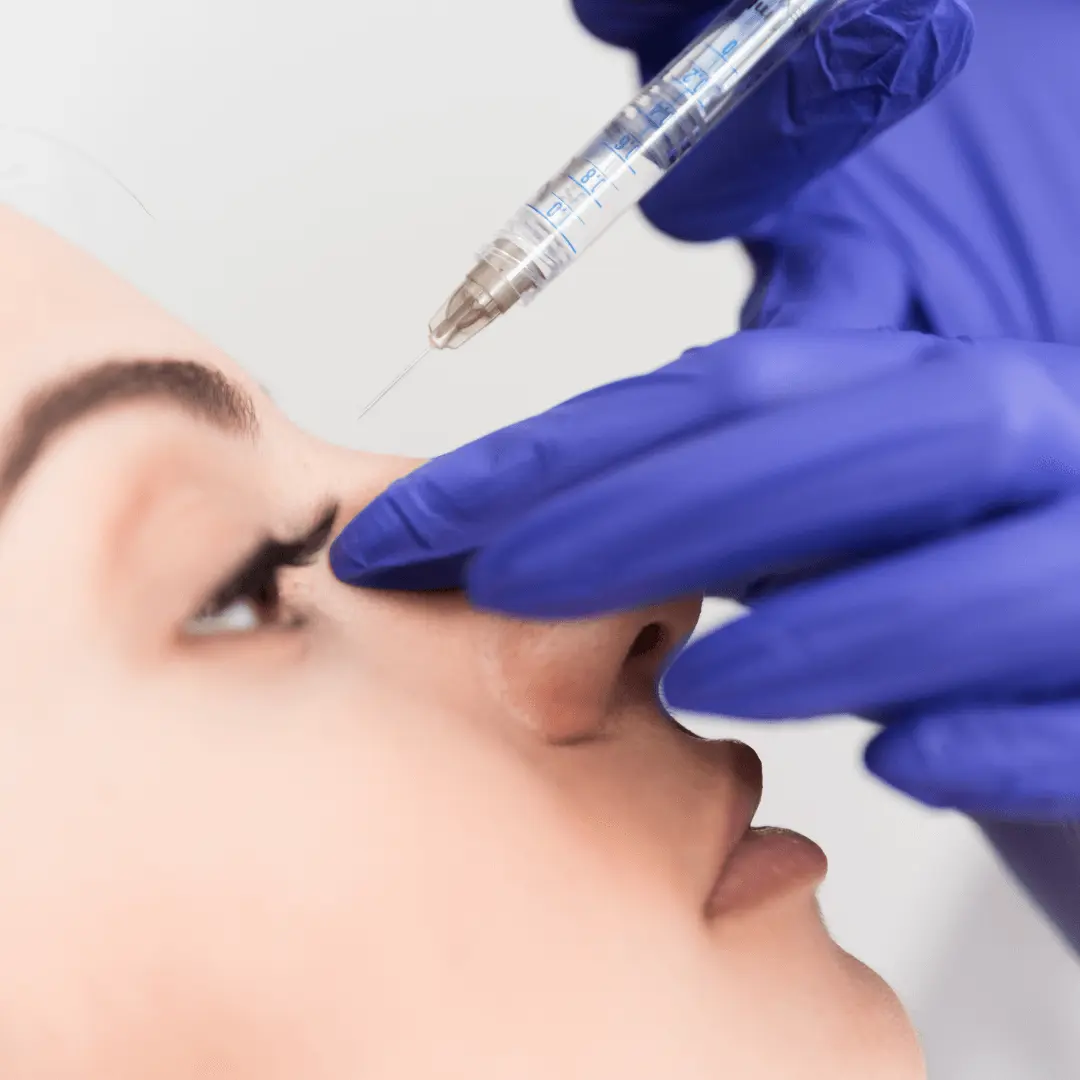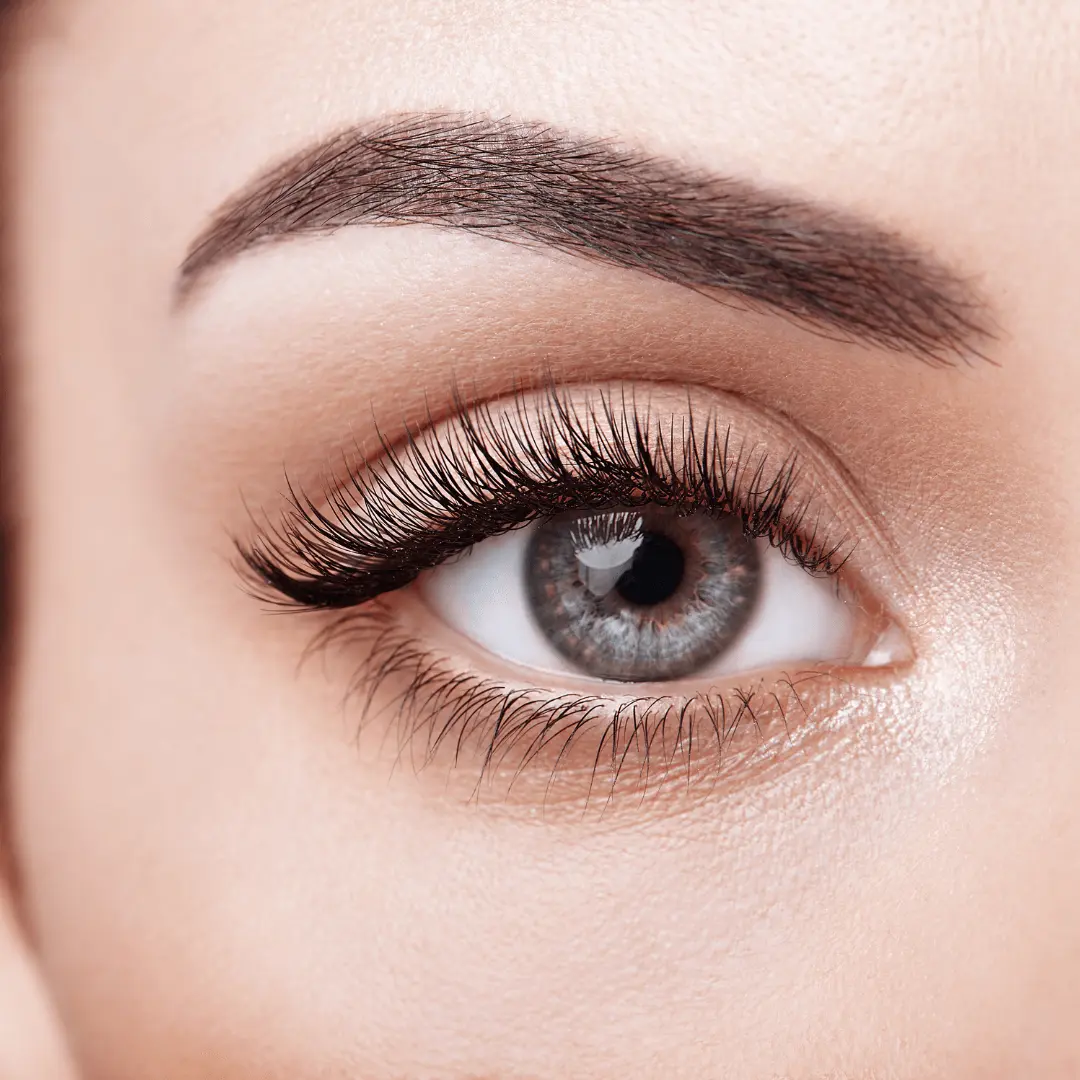Have you ever had a little Botox here or a spot of filler there only to find another ‘flaw’ you want fixing? It could be that you’re experiencing what is known as ‘perception drift.’
Coined by dermatologist and cosmetic surgeon, Dr. Sabrina Fabi, perception drift refers to when a patient’s perception of their appearance slowly but surely changes over time after a series of treatments.
Picture the scene: you’ve always yearned for fuller, plumper lips. You have a subtle amount of filler injected and your lips look naturally beautiful. However, you’re still not satisfied. Perhaps you think they could be plumper still? Or maybe since your lips have now changed your face proportions, your attention turns to your jawline?
The perception drift phenomenon is a snowball effect of aesthetic dissatisfaction that triggers ongoing non-surgical procedures.
The outcome?
Perpetual insecurity, an ever-changing baseline and - alarmingly – a you that no longer resembles the original you.
Perception Drift: how common is it?
One recent study on patient mindset examined the desired outcomes of cosmetic injectable patients. Participants were asked to respond to statements concerning their thoughts and feelings around appearance as well as their treatment goals. Although most responders wanted a ‘natural’ look, up to 20% wanted a ‘done’ look with high numbers being critical of their appearance and fixated on ‘fixing’ a specific feature.
These findings suggest that many seeking non-surgical procedures are driven by a high sense of insecurity around their facial appearance. And let’s not forget, in Hollywood, celebrities like Madonna, Courtney Cox and Kristin Davis have all been namechecked for going “too far” with procedures in recent months.
Perception Drift: what can cause it?
As an emerging theory, there are no hard or fast answers as to what causes perception drift. However, Dr. Sabrina Fabi does point toward certain sources triggering an obsession with perceived flaws.
Unsurprisingly, social media and selfie-culture drive a fixation on self-image is likely to blame. Heightened even further with the advent of filters for flawless-looking features, which distort our sense of reality. Of course, many scientific papers also link social media to other issues like body dysmorphic disorder, anxiety and eating disorders.
Perception Drift: how to prevent it
Forgetting your face should be no #beautygoal. Dr. Fabi recommends that practitioners should use pre-treatment photographs to remind patients of their original features and to validate that they have achieved their initial desired improvements.
For you, if you’re considering treatment, use before and after photos to anchor your facial self-perception. This may help prevent sliding down the syringe’s slippery slope more times than you need.
Set realistic expectations. Understand that while Botox or filler may offer improvements, they may not completely transform your appearance or solve all your concerns.
With that in mind, take time to reflect on your motivations for seeking non-surgical procedures. Are you pursuing them for genuine reasons, such as boosting self-confidence or addressing a specific concern? Or are you now about to embark on your fourth, fifth or sixth treatment for something different than before?
Have an honest conversation with yourself about your motivations. Consider whether there might be underlying emotional factors driving your desire for repeated procedures and that way you can avoid perception drift.
Most people worry about becoming addicted to cosmetic treatments or that they may end up looking ‘odd’ or ‘overdone’. This is by no means an inevitable consequence of attempting to address something that bothers you and it can be easily avoided.
Finding the right practitioner is key
The person holding the needle is the most important factor in ensuring that you have a great experience with treatment outcomes that you are delighted with. Get that wrong and it doesn’t matter how many Instagram followers they have or how impressively their clinic is decorated, your journey can end with you hundreds or thousands of pounds poorer and feeling nothing but regret when you face the mirror.
It is imperative that you seek out a reputable healthcare professional who is qualified to assess your needs and can develop a treatment plan to address your concerns whilst keeping you safe from harm.
A good practitioner will have your best interests at heart and will be honest about what procedures are suitable and which ones aren’t. They care about making you look and feel the best you possibly can, so if they refuse to give you a ‘top up’ or an additional treatment it is because you genuinely do not need it.
Deciding who you entrust your health and your appearance with is key to ensuring you enjoy safe treatments that always make you look like the best version of yourself. Every practitioner listed on Save Face is a registered health professional who has been assessed and verified to ensure that you’ll be in the safest possible hands.













